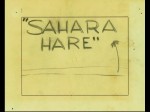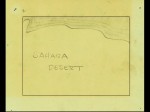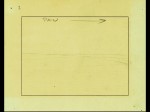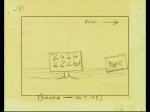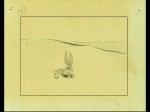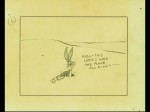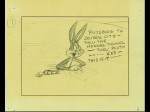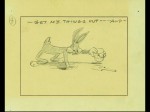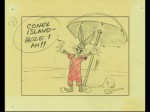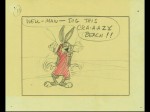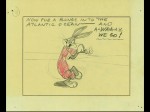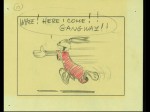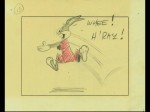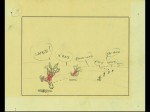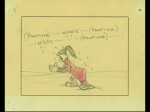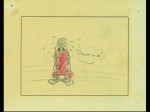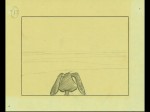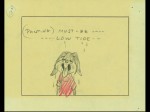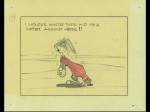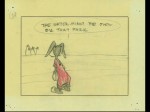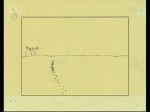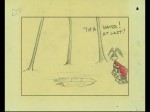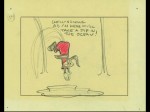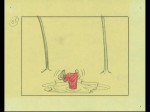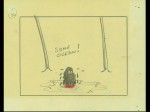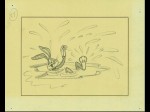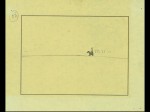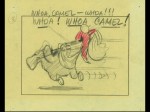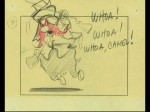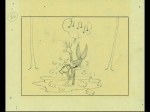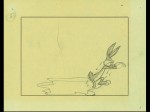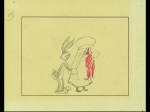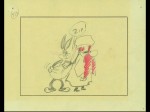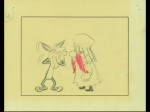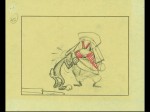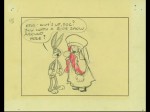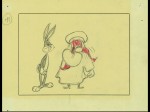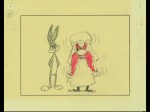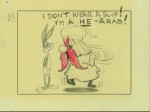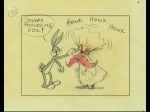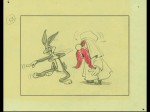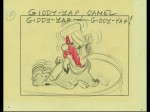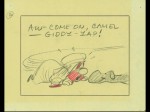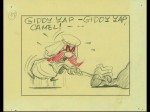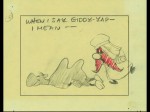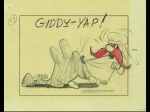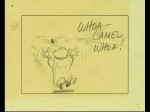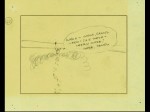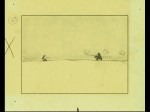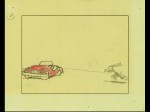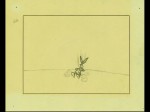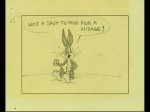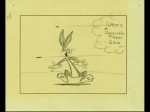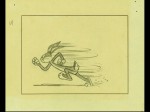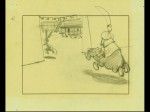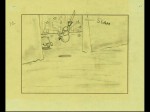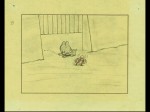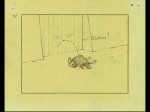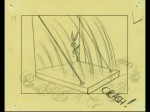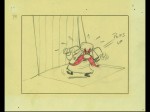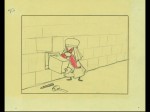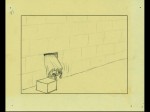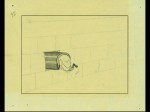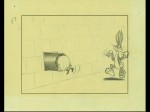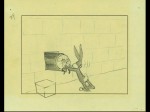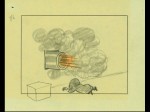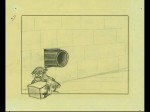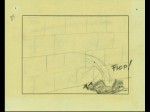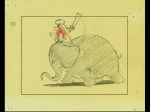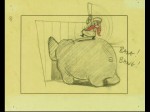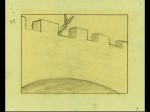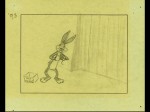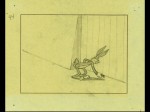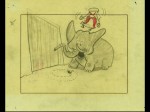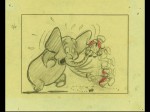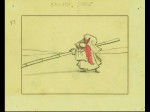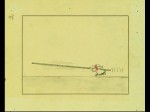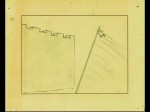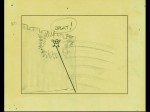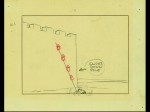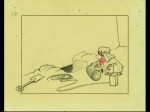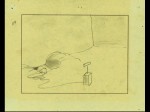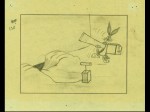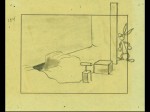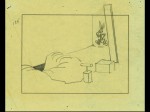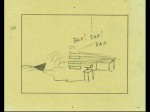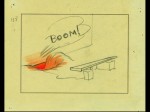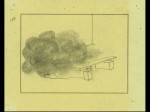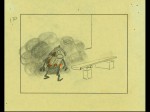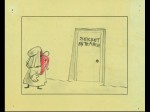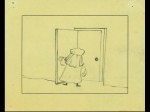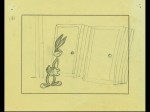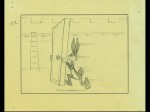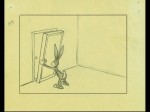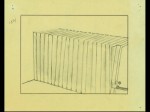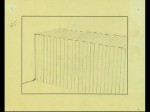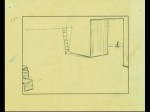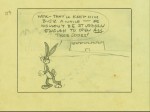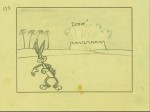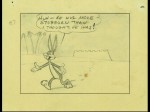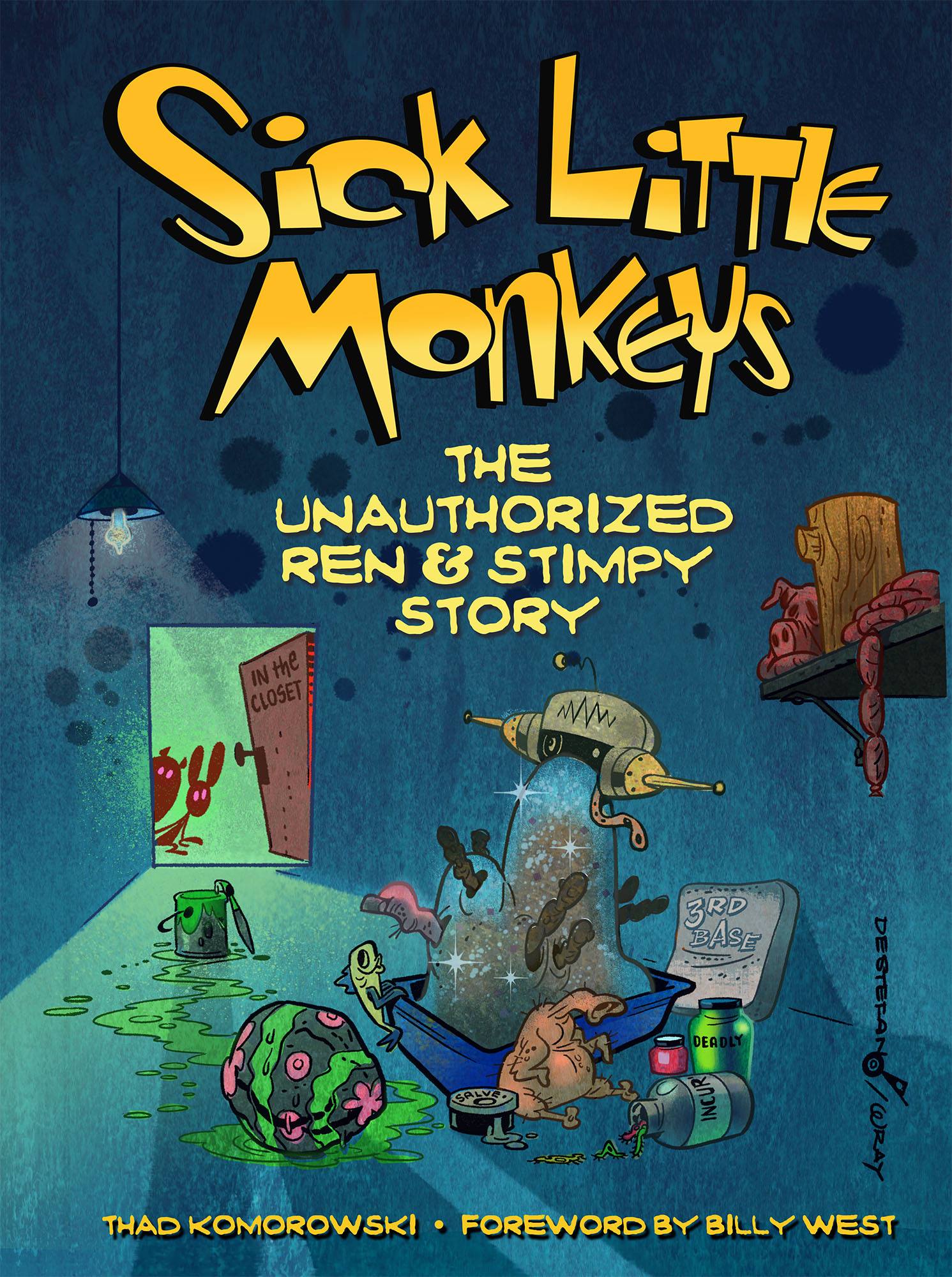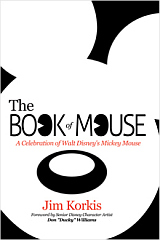 Oh, yeah, hey.
Oh, yeah, hey.
I’d been meaning for some time to get around to reviewing Jim Korkis’s The Book of Mouse: A Celebration of Walt Disney’s Mickey Mouse, but if you’re like me, you’ve probably already gotten it. As is always the case with Jim’s books, it’s yet another fantastic resource for Disney history that makes even the most mundane trivia readable and entertaining. (My only caveat is that Jim didn’t go into detail about the other reason Riley Thomson’s unit was called the “Drunk Mickey Unit”; namely that its star players Fred Moore, Walt Kelly, and Ken Muse were all famous for their drinking.)
It’s one of several Korkis books published by Bob McLain’s Theme Park Press, a small-time player specializing in Disney history. You won’t find these lushly illustrated like those of Chronicle or Disney Publishing, but I think you’ll overcome the lack of pretty pictures once you dig into the books. McLain is also printing new installments of Didier Ghez’s important series Walt’s People. If you haven’t read the earliest volumes (shame on you), you can pick them up from Theme Park, as it’s reprinting the entirety of the series.
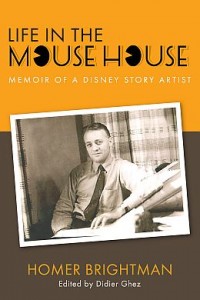 I personally was anticipating Ghez’s assemblage of Homer Brightman’s memoir Life in the Mouse House: Memoir of a Disney Story Artist, and can heartily recommend a purchase of this breezy read. Brightman was a storyman at Disney’s from 1935 to 1950, where his most memorable creation was Gus-Gus the mouse in Cinderella, then a mainstay of the Walter Lantz studio.
I personally was anticipating Ghez’s assemblage of Homer Brightman’s memoir Life in the Mouse House: Memoir of a Disney Story Artist, and can heartily recommend a purchase of this breezy read. Brightman was a storyman at Disney’s from 1935 to 1950, where his most memorable creation was Gus-Gus the mouse in Cinderella, then a mainstay of the Walter Lantz studio.
Brightman’s name doesn’t exactly evoke most fans and historians’ interest for good reason: most of the cartoons he wrote stink. It’s difficult to discern his involvement in the Disney films given the highly collaborative nature of that studio’s storytelling (as Brightman reveals in keen detail), but it’s probably fair to assume he came up with a fair share of funny moments. While his gag sense was far better than the corn peddled by Ben Hardaway in the ’40s, the animation in the Lantz cartoons got too stiff to make much of a difference when Brightman was a writer there in the ’50s and ’60s.
Still, any firsthand memories of the medium’s Golden Age are to be highly cherished, and Brightman’s accounting (while neither as insightful as Shamus Culhane’s or acidic as Jack Kinney’s) is engaging enough that you’ll probably plow through this 100-pager in one evening. I grew a little annoyed with Brightman’s inflated self-importance, but that’s to be expected in a memoir (as if Carl Barks was as inept a storyteller as Brightman made him out to be). Brightman used pseudonyms for all of his coworkers and they are left intact as he wanted. They get in the way, but thankfully Ghez has included a key to who’s who.
Walt Disney was one of those mercurial personalities you couldn’t help observe sharply, and Brightman’s anecdotes ring true and his commentary is generally spot-on. The book has been oversold as “scathing,” as if it’s tantamount to the bile regularly exhibited in strikers’ interviews of the past or the psychopath Walt Peregoy’s taped talks of the present day. It’s revealing that despite receiving ostensibly brutal treatment, Brightman is able to write about Disney with fair admiration. The book abruptly ends when he leaves after Cinderella, with no mention of Walter Lantz (who easily valued Brightman considerably more than Disney did).
I was surprised when I brought up the subject of the filmed Brightman board pitches for “The Woody Woodpecker Show”, Didier said he had never seen them. So here is one embedded below, in which Brightman shows off part of the storyboard for Alex Lovy’s To Catch a Woodpecker. One anecdote not in the book is Walt Disney having a fit of laughter during a story session, and remarking to Brightman, “I’m not laughing at the story. I’m laughing at you.” As was often the case, he was right.

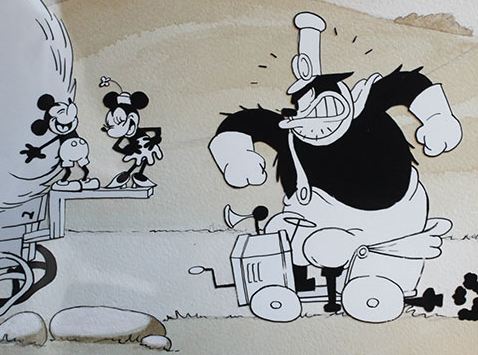 You’ll want to direct yourself to Jerry Beck’s Cartoon Research site, where
You’ll want to direct yourself to Jerry Beck’s Cartoon Research site, where 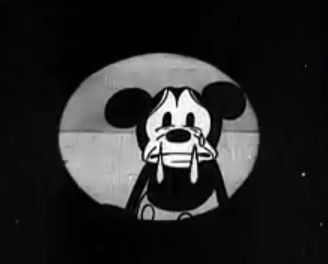
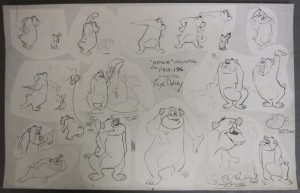
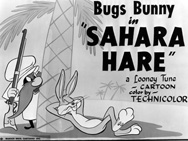 I hope I don’t offend anyone by saying that I hardly think Friz Freleng’s Sahara Hare qualifies for status as one of the classics of American cinema. It was one of the last Freleng cartoons (if not the last) to go into production in 1953, before the studio suspended operation for a six-month hiatus, and it always felt like a half-empty short, as if Freleng and Warren Foster ran out of ideas and fizzed out. It starts off with high ambition and character-based pieces, bringing to mind the strongest of the earliest Bugs/Yosemite Sam entries, before it descends into arbitrary (albeit well-done) blackout gags. Freleng and Foster had gone to the well (oasis?) once too often with this formula and there was a visible drought.
I hope I don’t offend anyone by saying that I hardly think Friz Freleng’s Sahara Hare qualifies for status as one of the classics of American cinema. It was one of the last Freleng cartoons (if not the last) to go into production in 1953, before the studio suspended operation for a six-month hiatus, and it always felt like a half-empty short, as if Freleng and Warren Foster ran out of ideas and fizzed out. It starts off with high ambition and character-based pieces, bringing to mind the strongest of the earliest Bugs/Yosemite Sam entries, before it descends into arbitrary (albeit well-done) blackout gags. Freleng and Foster had gone to the well (oasis?) once too often with this formula and there was a visible drought.